Cats have always been mysterious creatures, their behaviors and preferences often leaving us curious. One such curiosity is how they react to music. While it might seem like a trivial matter, understanding a cat’s response to music can deepen our bond with our feline friends. From classical to pop, the world of music offers a vast terrain to explore, and cats, with their unique auditory systems, have their own ways of interpreting it. Let’s dive into the intriguing world of cats and music, exploring how different genres affect them and what they might prefer.
The Auditory World of Cats
Cats have an extraordinary sense of hearing, much sharper than that of humans. They can detect sounds in higher frequencies, which means their hearing range is broader. This unique auditory capability allows them to hear the faintest of sounds, like the rustling of prey. When it comes to music, these heightened senses mean that cats might hear nuances that humans can’t. This sensitivity can make some genres more appealing to them than others. Thus, the sounds that soothe a human might be overwhelming or even annoying to a cat. Understanding their auditory world is crucial when introducing them to music.
Do Cats Really Enjoy Music?
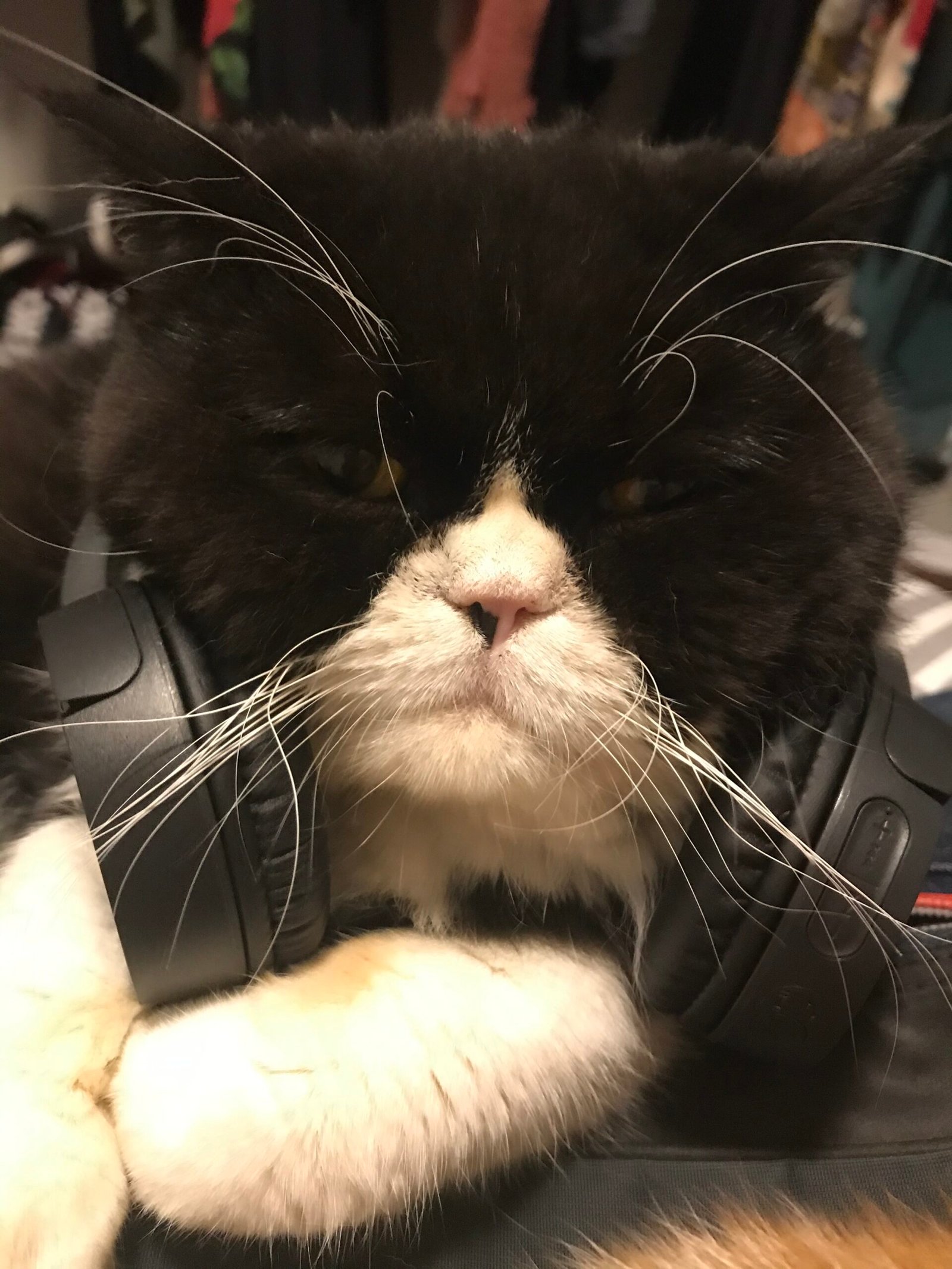
The question of whether cats enjoy music is subjective. Some cats seem indifferent, while others show signs of interest or agitation. Unlike humans, cats don’t have a cultural or emotional attachment to music, but they can respond to rhythms and tones. It’s believed that music specifically composed for cats, which mimics the tempo and frequency of their natural sounds, can evoke a positive reaction. Observing a cat’s body language can offer clues; a relaxed cat with slow blinking eyes might be enjoying the music, whereas a twitching tail or flattened ears could indicate distress.
Classical Music and Feline Relaxation
Classical music has long been associated with relaxation, not just in humans but in cats as well. The gentle melodies and harmonious notes can have a calming effect. Some studies suggest that playing classical music can reduce stress in cats, especially in environments like animal shelters or veterinary clinics. The soothing tones might mirror the natural purring of a cat, creating a sense of comfort. For cat owners, playing classical music during stressful times, like a thunderstorm or fireworks, might help in calming their feline companions.
Jazz and Its Curious Impact
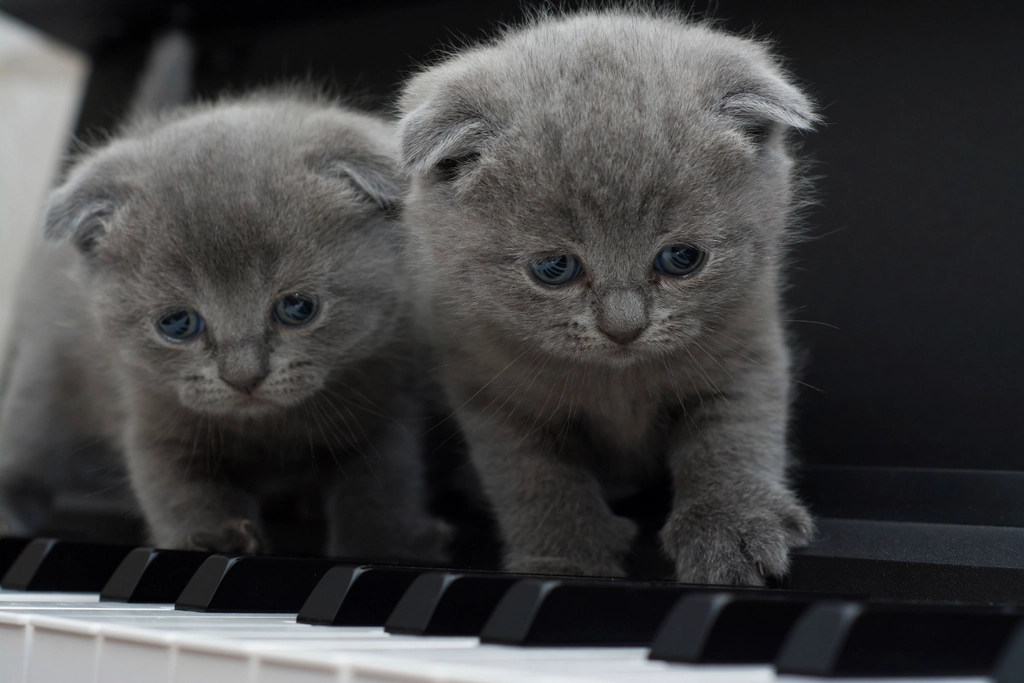
Jazz, with its unpredictable rhythms and complex structures, might seem like an odd choice for cats. However, some cats appear to be intrigued by the varying tempos and instruments. The spontaneous nature of jazz could mirror a cat’s playful and curious demeanor. While not all cats will appreciate the improvisational style of jazz, those that do might find it stimulating. Observing how a cat reacts to jazz can be an entertaining experiment for both the cat and the owner.
Pop Music: A Hit or Miss?
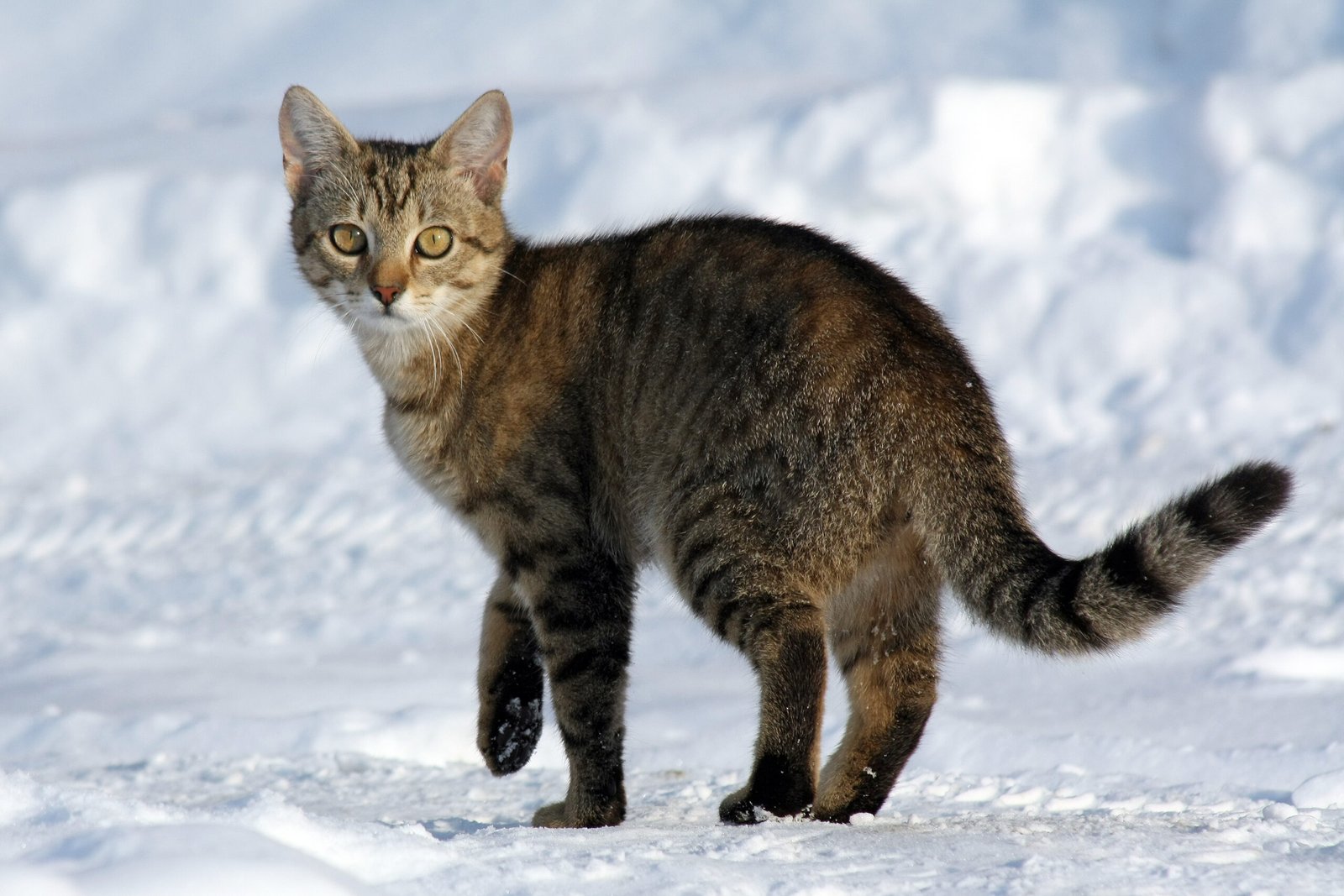
Pop music, characterized by its catchy melodies and repetitive beats, might be less appealing to cats than other genres. The constant rhythm and high energy can be overwhelming for some felines. However, there are exceptions; some cats might enjoy the upbeat nature of pop, especially if they associate it with positive experiences, like playtime or treats. It’s essential to monitor a cat’s response to pop music, ensuring it doesn’t lead to stress or agitation.
Rock and Its Energetic Influence
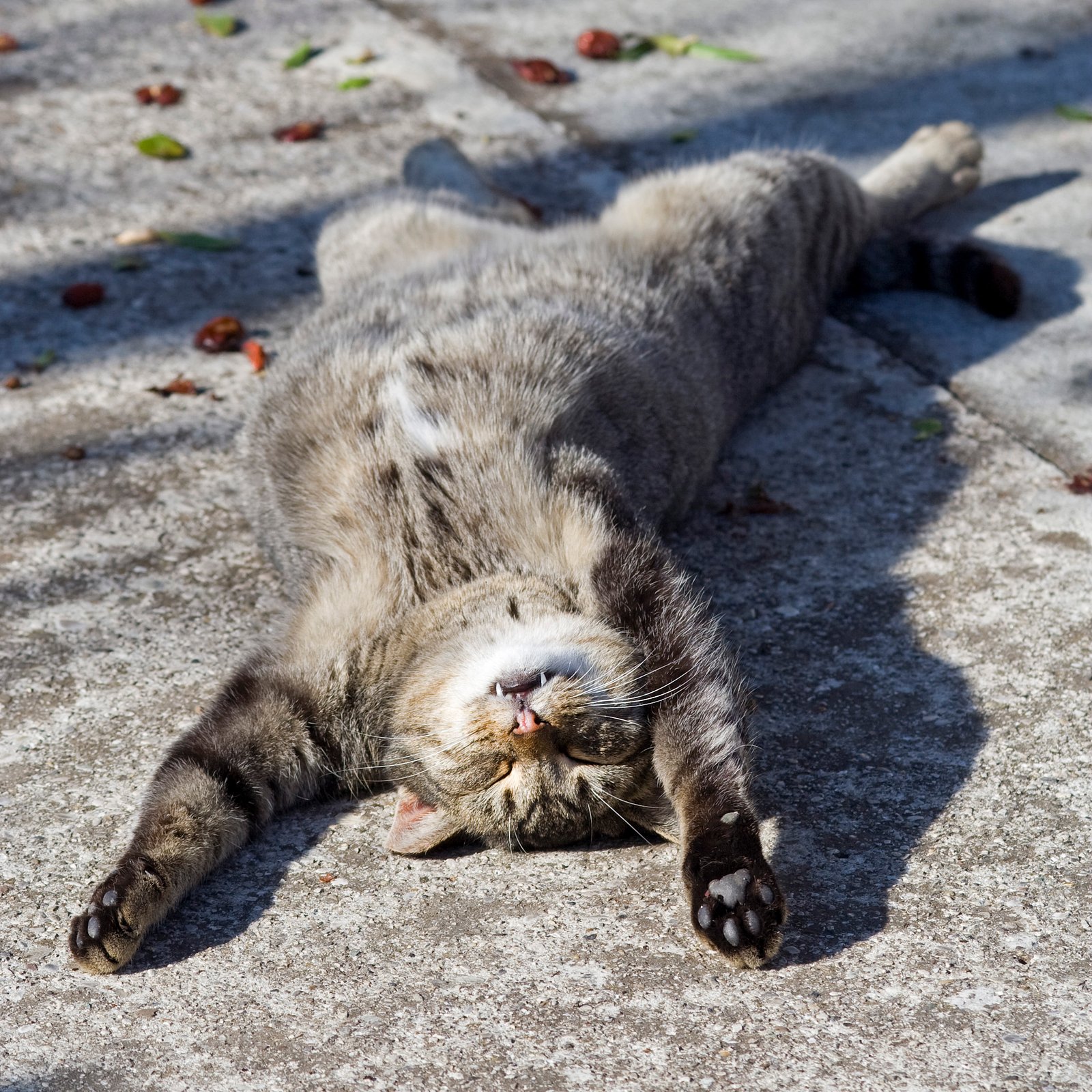
Rock music, known for its powerful beats and electric guitar riffs, might not be the first choice for a cat’s playlist. The intensity and volume can be too much for their sensitive ears. However, some cats might find the energy of rock music invigorating, especially those with a more adventurous or spirited personality. It’s crucial to adjust the volume and observe a cat’s reaction, ensuring the music doesn’t become a source of discomfort.
Reggae Rhythms and Calming Effects
Reggae, with its laid-back rhythm and soothing bass lines, can be surprisingly calming for cats. The genre’s steady beat might resonate with a cat’s natural purring, providing a sense of relaxation. Some cat owners have reported that their felines seem more at ease when reggae is playing, suggesting that the genre’s rhythm aligns well with a cat’s internal pace. Experimenting with reggae can be a delightful way to explore a cat’s musical preferences.
Electronic Music: A Modern Exploration
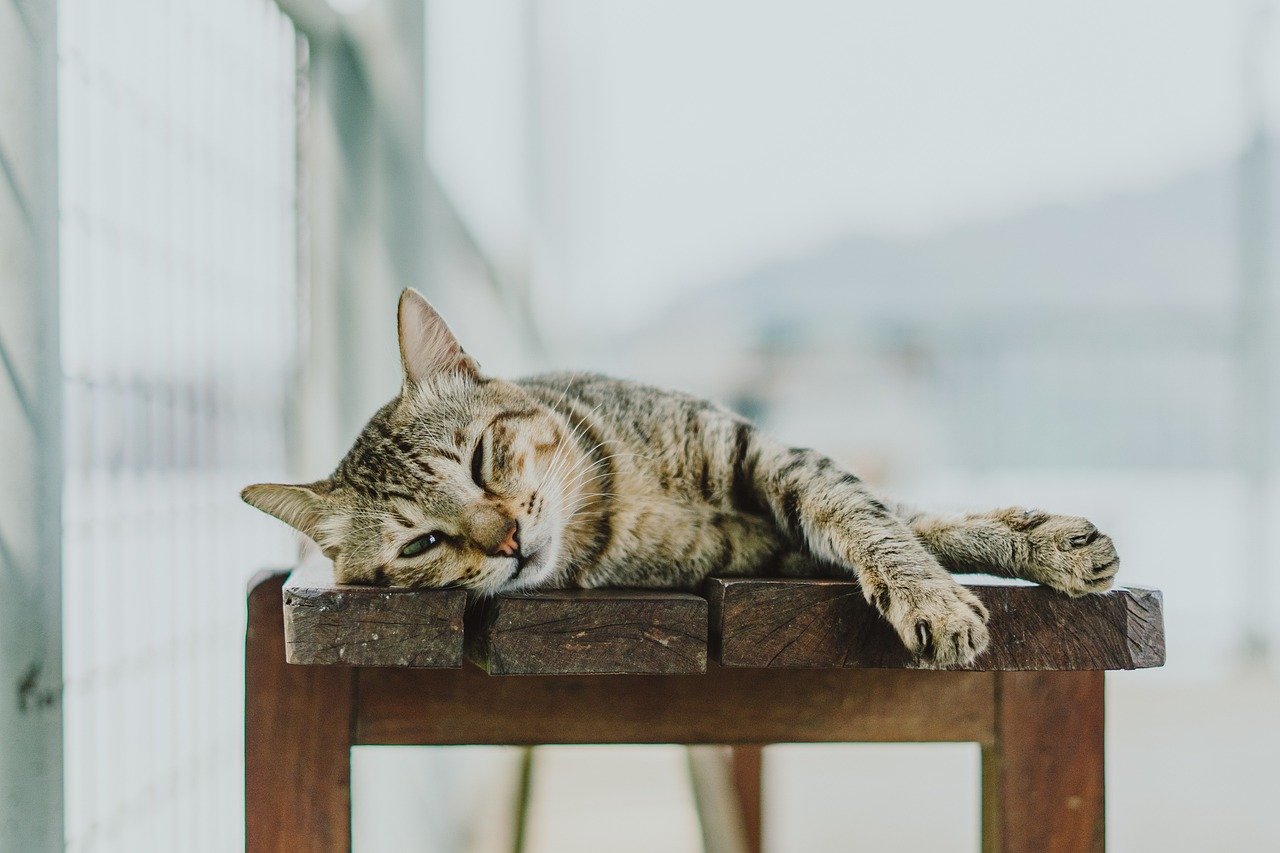
Electronic music, with its synthesized sounds and varying tempos, offers a modern twist to a cat’s auditory experience. While some cats might be intrigued by the unique soundscapes, others might find it too artificial or overwhelming. The genre’s ability to mimic natural sounds can sometimes captivate a cat’s attention, but it’s essential to ensure the music isn’t too loud or jarring. As with all genres, observing a cat’s body language is key to understanding their reaction.
Country Music and Its Storytelling Appeal

Country music, known for its storytelling and acoustic elements, might appeal to some cats due to its simplicity and rhythm. The gentle strumming of a guitar can resemble a cat’s purring, creating a soothing atmosphere. While the lyrics might not hold any significance for a cat, the overall composition can provide a sense of comfort. Introducing country music during quiet times can be a way to explore its effects on a feline’s mood.
Metal Music: Too Intense for Felines?

Metal music, with its aggressive beats and intense vocals, is likely too overwhelming for most cats. The genre’s high energy and volume can be distressing, given a cat’s sensitive hearing. While some cats might show curiosity, it’s essential to approach metal music with caution, ensuring it doesn’t cause undue stress. For those cats that do seem intrigued, it’s vital to keep the volume lower and observe their reactions closely.
Blues and Its Emotional Resonance
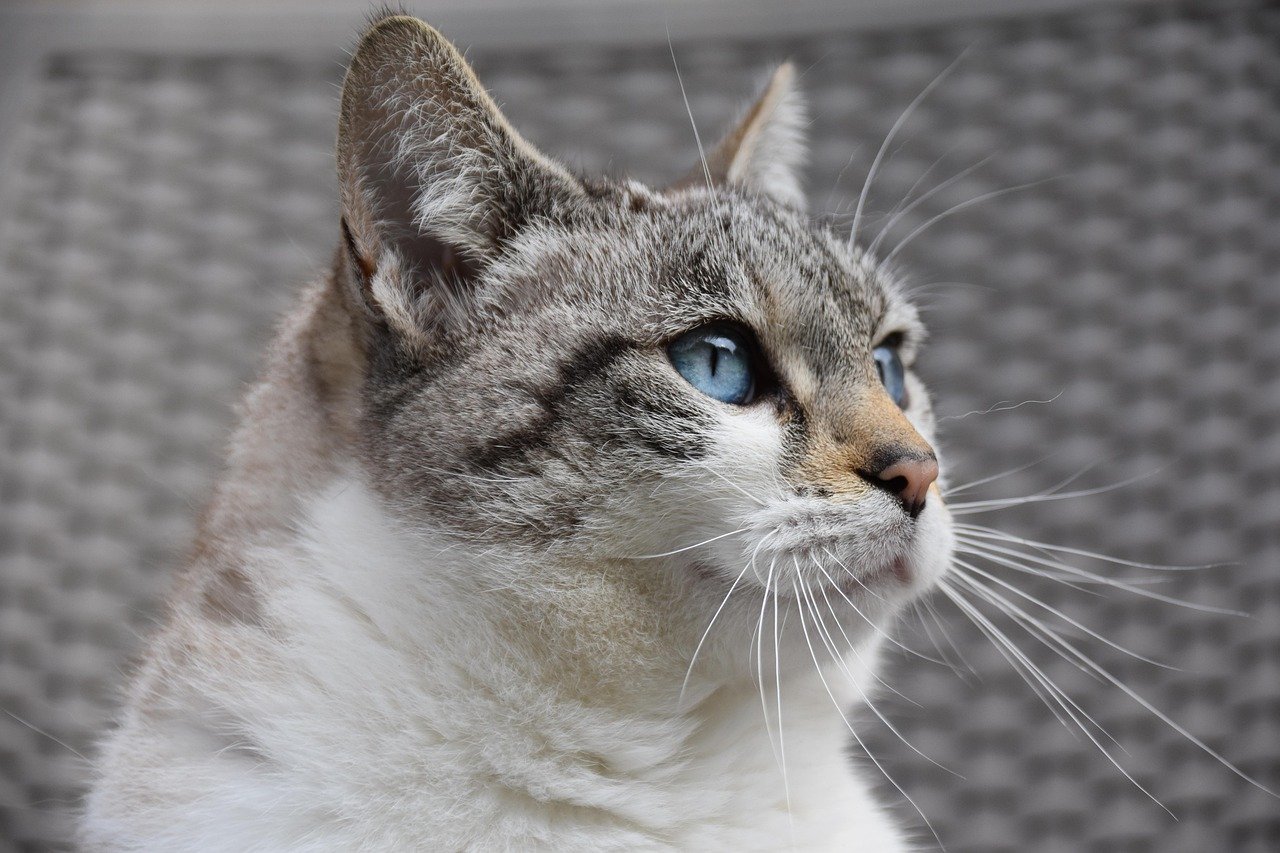
Blues music, known for its soulful melodies and emotional depth, can have a unique impact on cats. The genre’s slower tempo and heartfelt tones might resonate with a cat’s natural rhythm, creating a calming effect. Some cats might find the blues’ emotional resonance intriguing, drawing them into the music’s mood. Playing blues during quiet moments can be a way to explore its soothing effects on a feline’s psyche.
Rap and Its Rhythmic Challenge
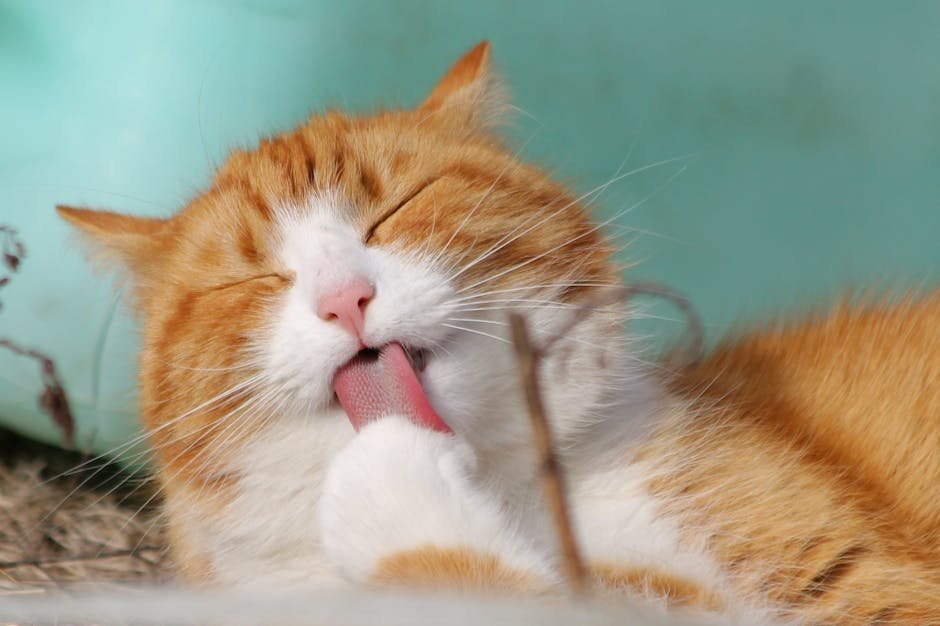
Rap music, characterized by its rhythmic beats and lyrical flow, presents a unique challenge for cats. The rapid tempo and complex rhythms might be too stimulating for some felines. However, cats with a keen sense of rhythm might find the genre’s beats engaging. Observing a cat’s reaction to rap can be an interesting experiment, but it’s essential to ensure the volume isn’t too loud, as this can lead to stress.
Folk Music: A Return to Simplicity
Folk music, with its acoustic sounds and storytelling elements, offers a return to simplicity that some cats might enjoy. The gentle melodies and natural instruments can create a calming environment, reminiscent of a cat’s natural habitat. For cats that prefer a quieter atmosphere, folk music can be a soothing choice. Playing folk tunes during relaxation times can enhance a cat’s sense of peace and comfort.
Hip Hop: A Feline Curiosity
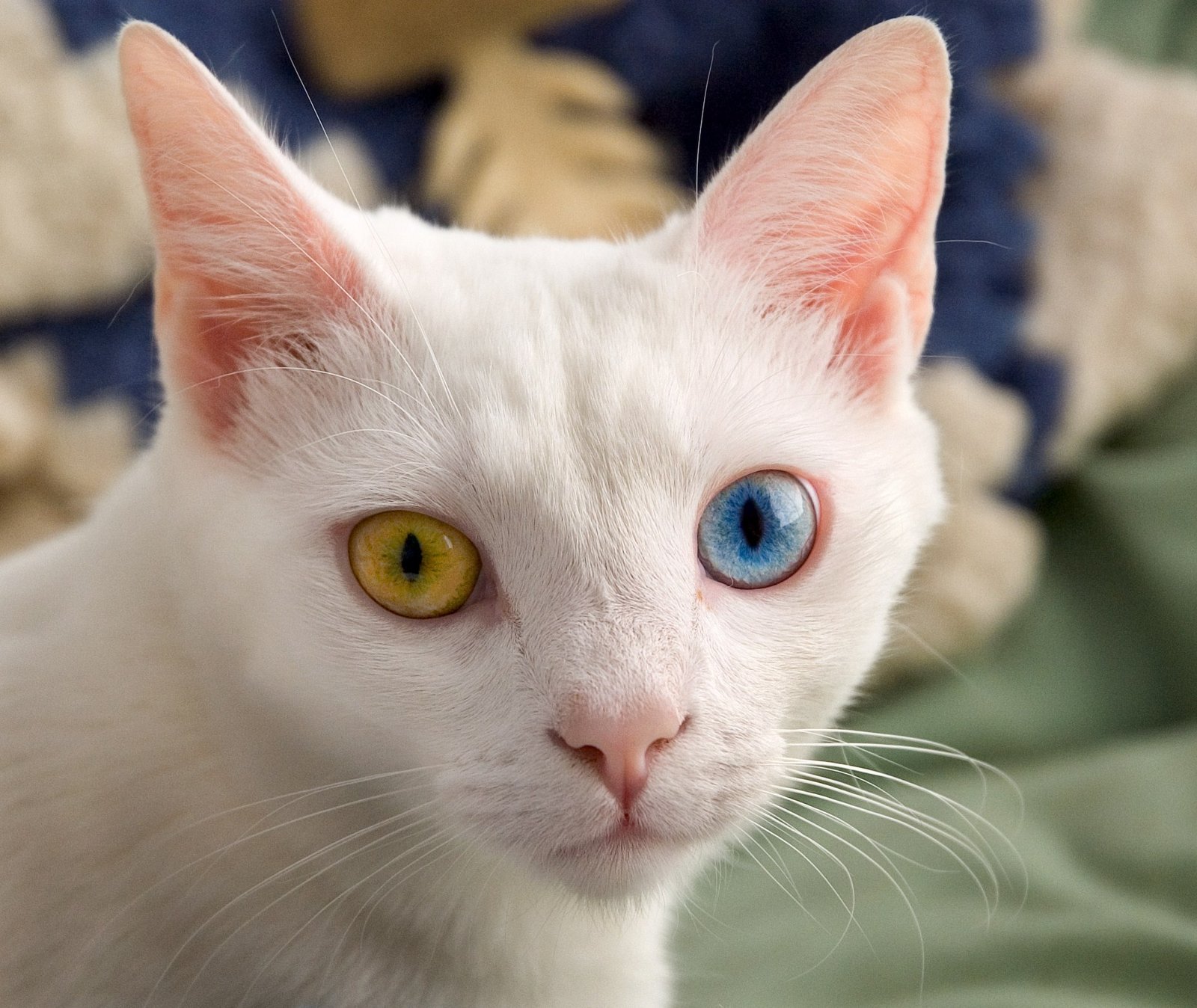
Hip hop, with its rhythmic beats and urban influence, might pique the curiosity of some cats. The genre’s beats can mimic natural sounds, capturing a cat’s attention. While not every cat will appreciate hip hop, those that do might find the rhythmic patterns engaging. Introducing hip hop in moderation and observing a cat’s response can be a fun way to explore their musical interests.
Ambient Music: A Soothing Soundscape
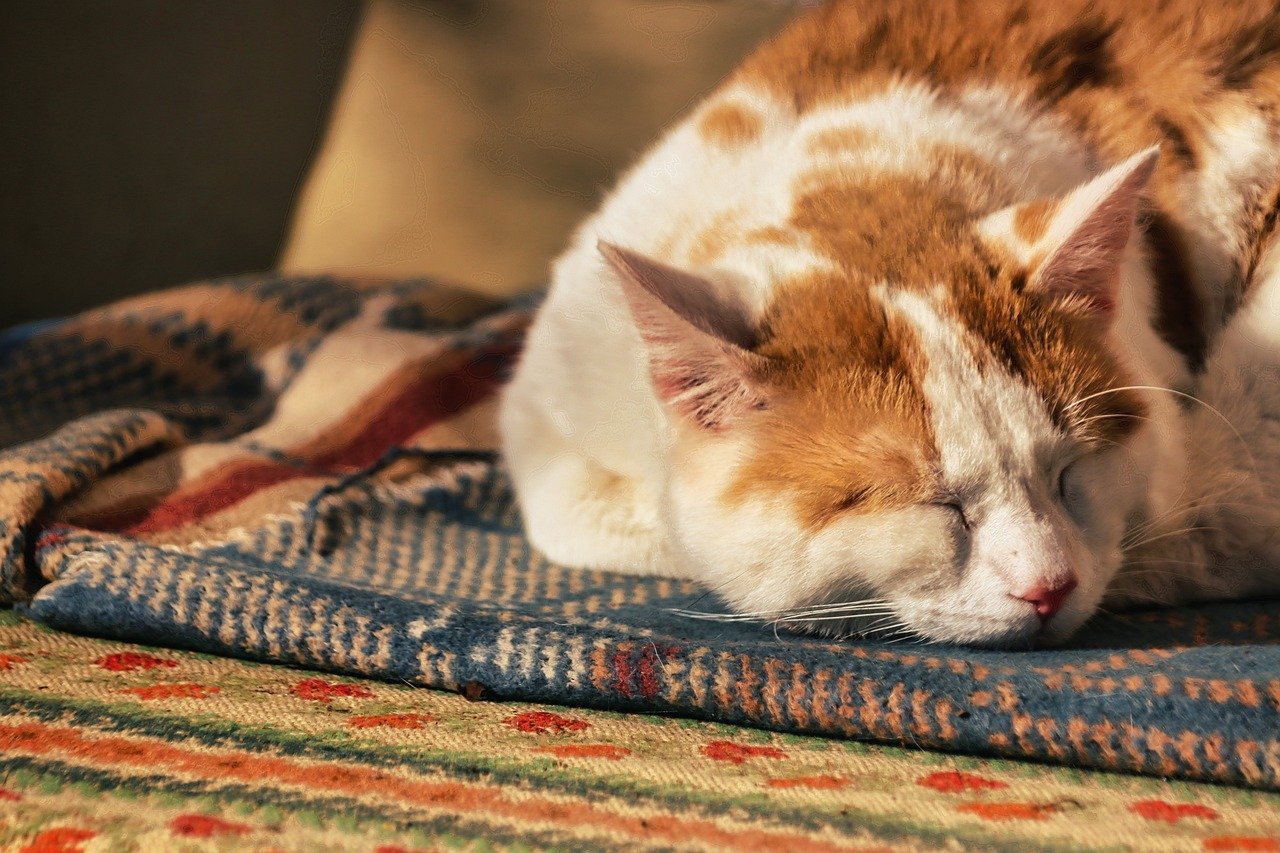
Ambient music, with its ethereal tones and calming soundscapes, is often used for relaxation and meditation. For cats, this genre can create a peaceful environment, aligning with their natural inclination for tranquility. The gentle sounds can mimic the rustling of leaves or the trickling of water, soothing a cat’s senses. Ambient music is an excellent choice for creating a serene atmosphere, especially for cats prone to stress or anxiety.
Children’s Music: An Unexpected Delight
Children’s music, with its playful melodies and simple rhythms, might unexpectedly delight some cats. The genre’s light-hearted nature can create a cheerful environment, appealing to a cat’s playful side. While not all cats will respond positively, those that do might find the simplicity and repetition soothing. Introducing children’s music during playtime can add an element of fun to a cat’s routine.
New Age Music: A Spiritual Connection
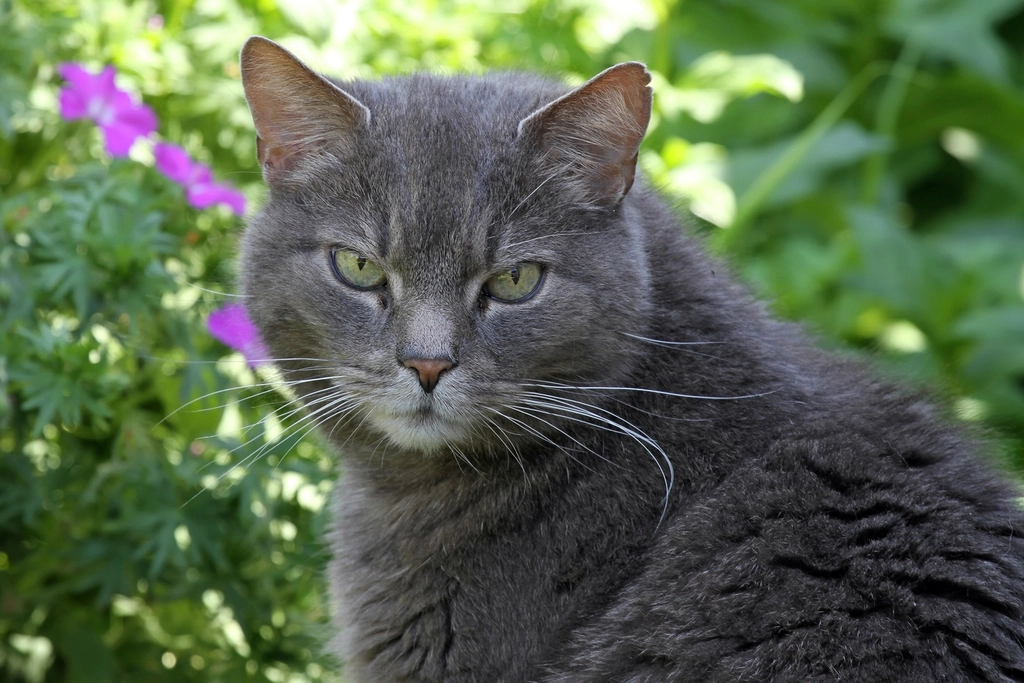
New Age music, known for its spiritual and meditative qualities, can resonate with a cat’s natural rhythm. The genre’s calming tones and gentle melodies create a serene environment, aligning with a cat’s need for peace. For cats that enjoy quiet moments, New Age music can enhance their sense of well-being. Playing New Age tunes during relaxation times can foster a deeper connection with a feline companion.
World Music: A Global Exploration
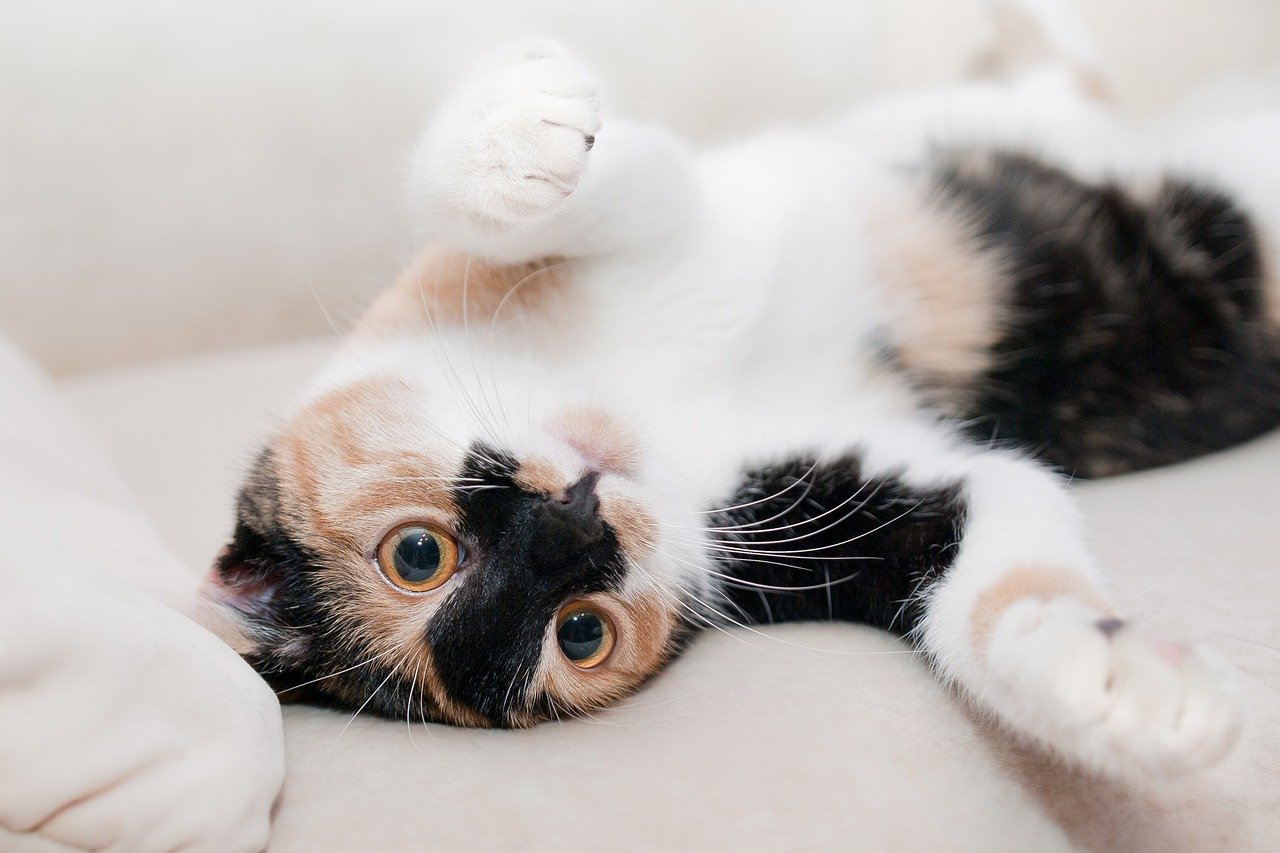
World music, with its diverse sounds and cultural influences, offers a global exploration for cats. The genre’s unique instruments and rhythms can captivate a cat’s attention, introducing them to new auditory experiences. While not every cat will appreciate world music, those that do might find the diversity intriguing. Exploring world music with a cat can be a delightful journey into unfamiliar soundscapes.
Creating a Cat-Friendly Playlist
Creating a cat-friendly playlist involves understanding a cat’s preferences and observing their reactions to different genres. It’s essential to consider a cat’s personality and environment, selecting music that aligns with their natural rhythm. A balanced playlist might include a mix of calming genres like classical and ambient, with occasional upbeat tunes for variety. By curating a playlist that resonates with a cat’s unique auditory world, owners can enhance their feline’s well-being and strengthen their bond.
In conclusion, the world of music offers a fascinating exploration for cat enthusiasts. While every cat is unique, understanding their auditory preferences can enhance their quality of life. By experimenting with different genres and observing their reactions, owners can create a harmonious environment that resonates with their feline friends.
Hi, I’m Bola, a passionate writer and creative strategist with a knack for crafting compelling content that educates, inspires, and connects. Over the years, I’ve honed my skills across various writing fields, including content creation, copywriting, online course development, and video scriptwriting.
When I’m not at my desk, you’ll find me exploring new ideas, reading books, or brainstorming creative ways to solve challenges. I believe that words have the power to transform, and I’m here to help you leverage that power for success.
Thanks for stopping by, Keep coming to this website to checkout new articles form me. You’d always love it!





